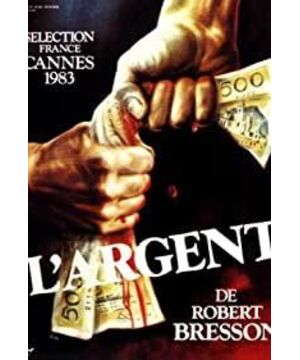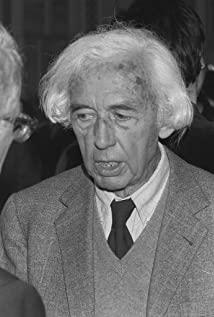In "Money", Bresson has used his eyes as skillfully as the lens in the hands of many of his peers, reaching the point of perfection. The latter, including Kobayashi Masaki: Japanese-style lenses are organized, stable and calm; a large number of French colleagues: the lens is often as dexterous as a snake in their hands, making them both sides; including the only one in the same class who has a lens to create Andrei Tarkovsky, a former Soviet director who realized and explored and practiced—though their camera creations were two completely different things.
As far as the average audience's viewing angle is concerned, although there are many characters in "Money", almost all the characters who appear in the vicious circle chain of the fate of the protagonist Ima have "heads and faces". The general audience can, to a large extent in their hearts, welcome Bresson for this, and immediately place him among the "masters" of his peers. ——Although what he and these masters created are not the same thing at all, the essence of the two is completely different, and they are not the same.
Perhaps from the time when Bresson sat in the cinema as a young painter and watched the images on the screen and felt uncomfortable and realized the fallacy, he began to have his own thoughts on film creation. Then he took up the director's tube, and when he was doing his own film theory, he had already distanced himself from the masters.
Eventually, he dropped the paintbrush. Money shows that Bresson has left them far behind. When you are old, you are stronger, would you rather shift the heart of a white head?
Bresson is the first, there is no second place, and there is no second place after that.
Therefore, it is said: Ginger, when old, is still very spicy!
View more about L'Argent reviews







